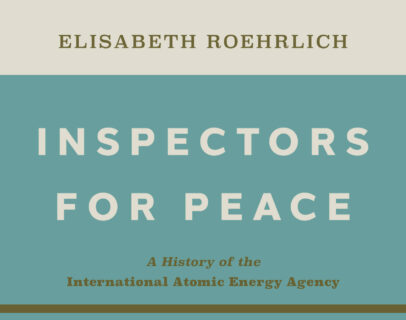Read Rentetzi’s Roundtable Discussion in “Inspectors for Peace”
Click here to access the complete article in H-Diplo.
In January 2023 I had the honor of interviewing Margaret Doane, the IAEA’s Deputy Director General of
the Department of Management of the International Atomic Energy Agency (IAEA). In the midst of the
Russian war in Ukraine and the renewal of nuclear threats, I asked her the obvious question: how have the
recent geopolitical upheavals changed the IAEA? “We never had inspectors long-term in the field at nuclear
power plants” Doane noted. “Now there were individual inspectors going in to the Zaporizhzhia plant, and
then providing information so when the IAEA was communicating, you knew that the information that was
coming in was very reliable.”1 A concern—the safety and security of a nuclear power plant—that had been
considered primarily as a national issue had become an international headache of military significance.
But there is also something else that the war in Ukraine changed forever. This is the myth that the IAEA’s
dual mandate presupposes: a clear-cut distinction between military and civilian uses of nuclear energy. The
day Russia invaded Ukraine, Russian troops took control of the Chernobyl nuclear power plant (NPP). Only
a few days later the IAEA was informed that Russian tanks and infantry were approaching also the
Zaporizhzhya NPP, which was finally taken over by Russian forces on 4 March 2022.2 As Kate Brow and
Susan Solomon wrote in their Washington Post op-ed days after the invasion, war was “one thing nuclear power
plants weren’t built to survive.”

